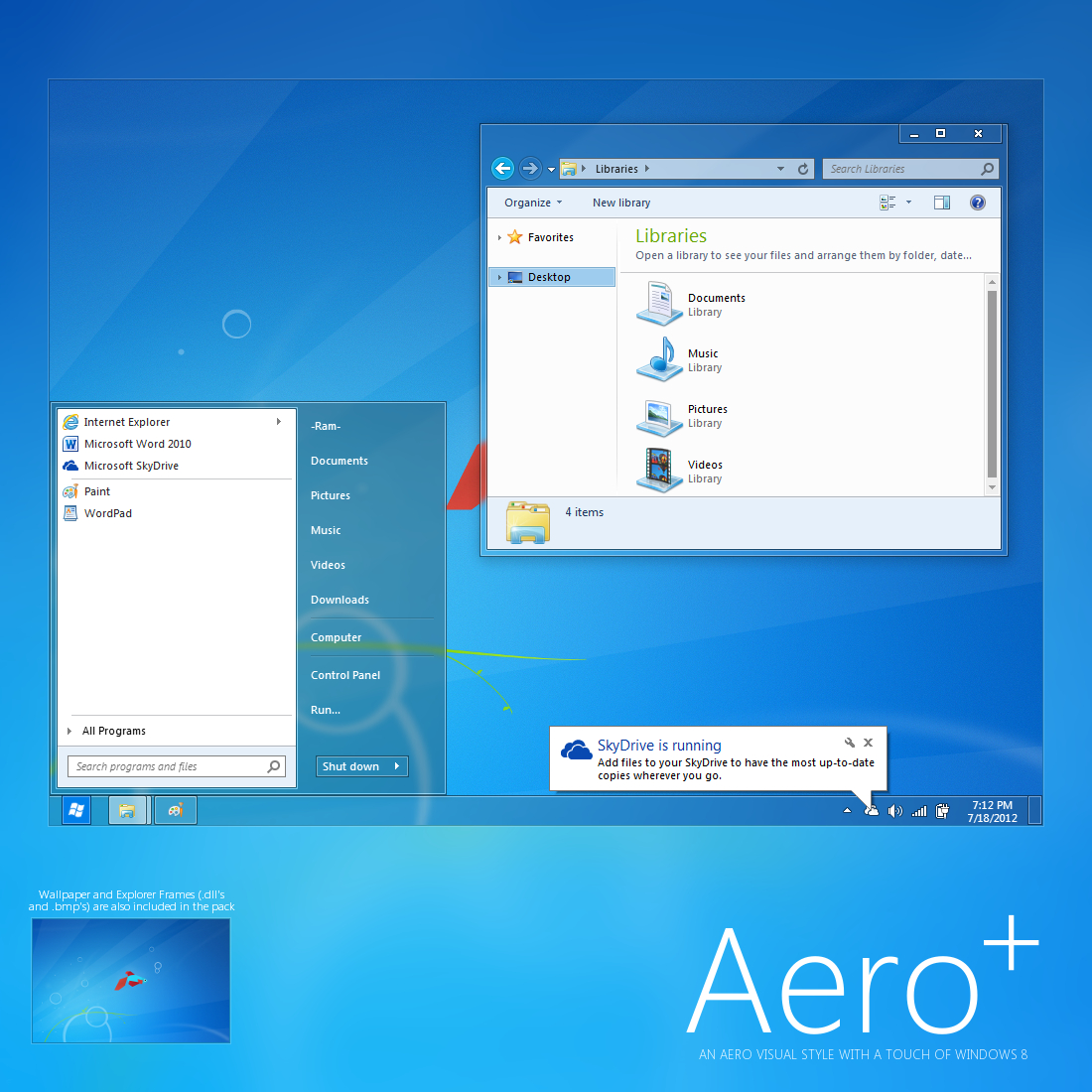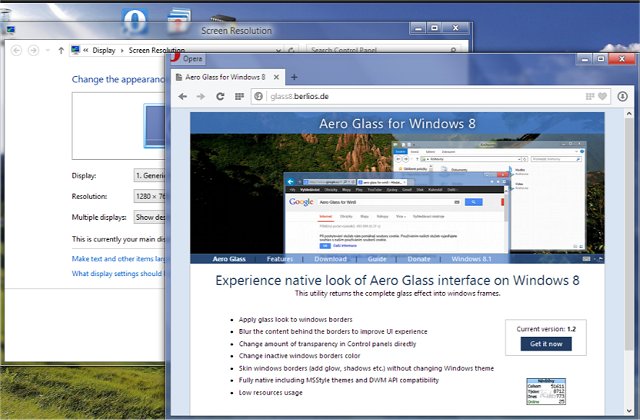
Rename the pasted folder to "Aero" and rename the. Paste back into the Themes folder and the new folder should automatically rename itself to "Plex - Copy" ("Slate - Copy" on the aforementioned build). In order to enable transparent borders, you need to go into C:\WINDOWS\Resources\Themes and copy the "Plex" folder ("Slate" for Lab06_n compile of build 4042). The User Experience Desktop Server checks for the existence of %windir%\resources\themes\aero\aero.msstyles, if found, transparent Glass borders will be used instead of the opaque Metal border. While you can run sbctl start in C:\WINDOWS\i386 to enable the borders, they will be opaque. Windows Longhorn build 4038 to build 4042 (Lab06_n) įirst, install a compatible Direct3D driver and ensure it works via dxdiag.exe. For M7 builds, the Aero visual style may be re-created using the Jade visual style, although the process is not as simple as renaming jade.msstyles to aero.msstyles. For example, renaming plex.msstyles to aero.msstyles in M6 builds ( slate.msstyles to aero.msstyles for build 4042 (Lab06_n)) will grant the user the Glass DCE window frame, but will retain much of the Plex (Slate for 4042 (Lab06_n)) style. There is a very common misconception that Aero can be 'enabled' in pre-reset builds of Longhorn by renaming visual style files renaming the files tricks the OS into assuming that the user has access to the private, unleaked Aero theme, and therefore enables various DCE/DWM effects. No pre-reset builds of Longhorn contained the Aero theme. 1.3 Windows Longhorn builds 4088 to 4093.1.2.2 Differences between Aero and Jade.1.2 Windows Longhorn builds 4066 to 4082.



The first known build to reference Aero is Windows Server 2008 build 4028, and the last build with Aero that has functional window transparency is Windows 8 build 8424 (fbl woa drop). Aero is a translucent Windows visual style used from Milestone 5 Longhorn builds to Windows 7 (window transparency was removed in 8).


 0 kommentar(er)
0 kommentar(er)
